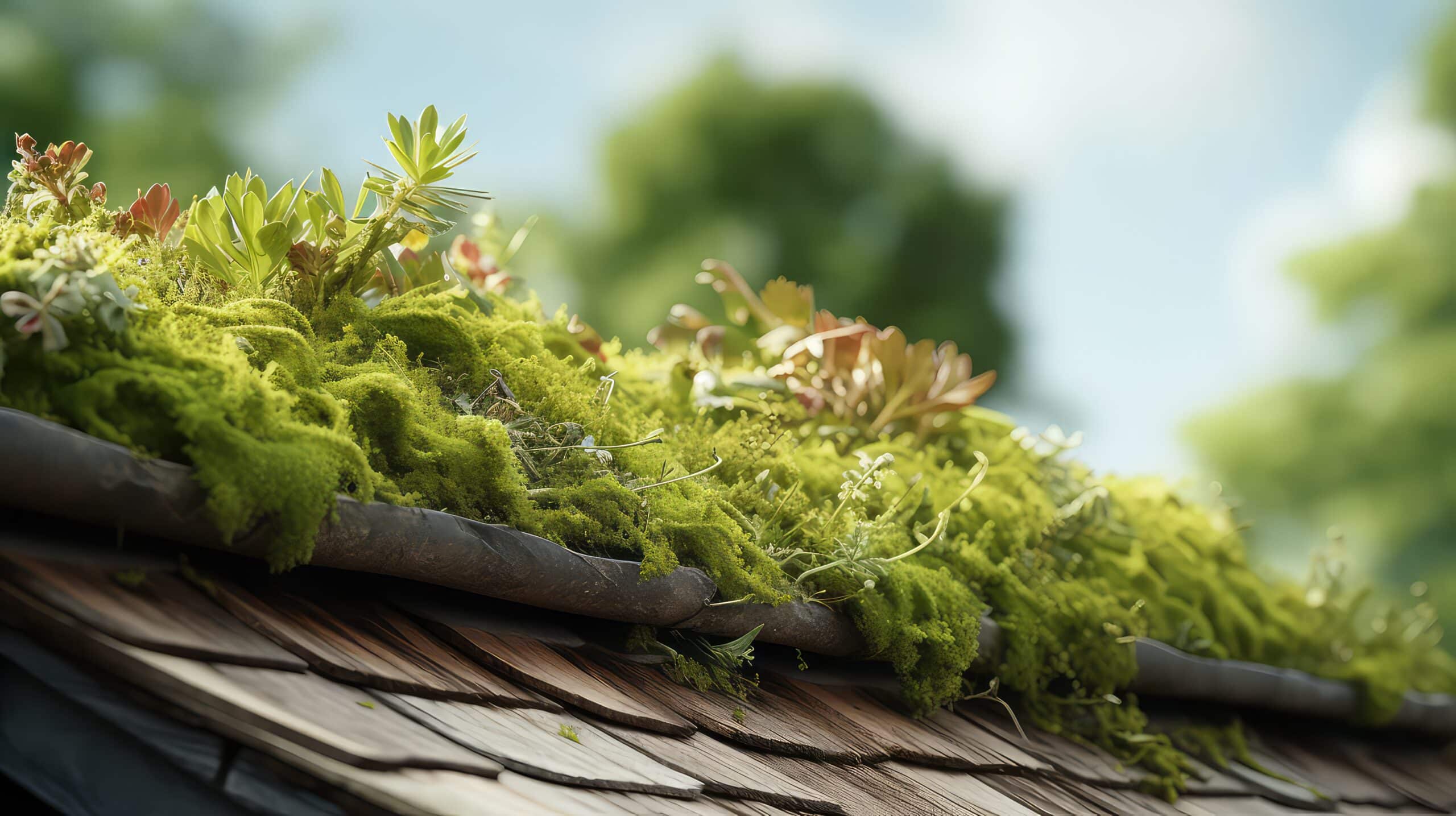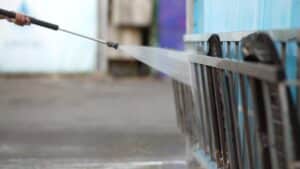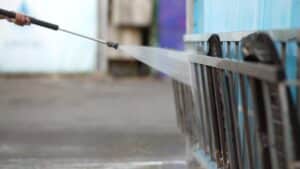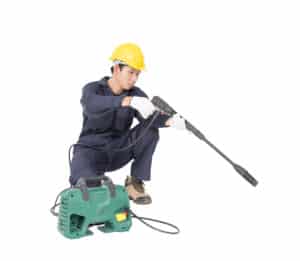How to Clean Moss and Algae from Your Roof with an Electric Pressure Washer
Key Takeaways
- Moss and algae growth on roofs can cause damage over time if left untreated
- Prioritize safety by having the necessary equipment and suitable weather conditions
- Select an electric pressure washer with appropriate specifications and use a moss and algae cleaner before pressure washing
Moss and algae growth on roofs can not only be unsightly but also cause damage over time if left untreated. If you’re wondering how to effectively clean moss and algae from your roof using an electric pressure washer, we’ve got you covered. In this article, we’ll provide you with step-by-step instructions and tips to safely remove moss and algae from your roof, while also discussing preventive measures to keep them from growing back.
Step 1: Safety First
Before starting any roof cleaning project, it’s important to prioritize safety. Make sure you have the necessary equipment, including a sturdy ladder, safety harness, and non-slip shoes. Additionally, ensure the weather conditions are suitable for the task, avoiding windy or rainy days.
Step 2: Prepare the Area
Prior to using the electric pressure washer, it’s essential to clear the roof of any debris such as leaves, branches, or other loose materials. These can interfere with the cleaning process and potentially clog the pressure washer nozzle. Use a broom or leaf blower to remove the debris, taking care not to damage the roof surface.
Step 3: Choose the Right Pressure Washer
When it comes to cleaning moss and algae from your roof, using an electric pressure washer is a popular choice. However, it’s crucial to select a pressure washer with the appropriate specifications. Look for a unit with a PSI (pounds per square inch) rating of around 1,500 to 2,000, as higher pressure may damage the roof shingles. Also, opt for a nozzle attachment that provides a wide spray pattern to cover larger areas efficiently.
Step 4: Apply a Moss and Algae Cleaner
Before using the pressure washer, it’s recommended to apply a moss and algae cleaner to the roof surface. There are various commercial cleaners available specifically designed for this purpose. Follow the manufacturer’s instructions for application and allow the cleaner to sit for the recommended duration to effectively break down the moss and algae.
Step 5: Pressure Washing Technique
Now it’s time to use the electric pressure washer to clean the moss and algae from your roof. Start at the lowest point of the roof and work your way up, using gentle sweeping motions to avoid damaging the shingles. Maintain a distance of around 12 to 18 inches from the surface to prevent excessive force. Be cautious around roof vents, chimneys, and other delicate areas to prevent water penetration.
Step 6: Rinse the Roof
After thoroughly pressure washing the entire roof, it’s important to rinse off any remaining moss, algae, or cleaning solution. Use a garden hose or a low-pressure setting on the pressure washer to flush away the debris and ensure a clean finish. Take care not to direct the water flow towards the roof edges, as it may cause water intrusion into the house.
Preventive Measures to Keep Moss and Algae from Growing Back
While cleaning moss and algae from your roof is essential, it’s equally important to take preventive measures to keep them from growing back. Here are some tips:
- Trim any branches: Trim any branches hanging over the roof to allow more sunlight onto the roof, as moss and algae thrive in shady areas.
- Keep gutters clean: Regularly clean your gutters to prevent water accumulation, which can provide a favorable environment for moss and algae growth.
- Remove moisture collectors: Regularly remove leaves, branches, and other moisture collectors that can pile up on the roof and encourage moss growth.
- Install moss-retardant strips: Consider attaching strips of zinc or copper under the row of shingling closest to the roof peak. These strips release metal molecules when it rains, preventing new moss and algae growth.
Conclusion
Using an electric pressure washer, along with the proper techniques and precautions, can effectively clean moss and algae from your roof. Remember to prioritize safety, choose the right equipment, and follow the recommended steps. Additionally, implementing preventive measures can help keep your roof free from future moss and algae growth.
Related Websites:
FAQs:
Q: What is the impact of moss and algae on roofs?
Moss and algae can cause damage to roofs by retaining moisture, which can lead to rot and structural issues. Additionally, they can make the roof look unsightly and decrease its lifespan.
Q: Why is it important to clean moss and algae from roofs?
Cleaning moss and algae from roofs is important to prevent damage, maintain the roof’s structural integrity, and preserve its aesthetic appearance. Regular cleaning can also extend the lifespan of your roof.
Q: What are the benefits of using an electric pressure washer for roof cleaning?
An electric pressure washer is an efficient and effective tool for cleaning moss and algae from roofs. It provides powerful cleaning action, saves time and effort, and reduces the need for harsh chemicals. Additionally, electric pressure washers are environmentally friendly and easy to use.
Q: What safety precautions should be taken before starting the roof cleaning process?
Before starting the roof cleaning process, it is important to take safety precautions such as wearing protective gear like gloves and goggles, ensuring proper ladder safety, and checking the stability of the roof surface. It is also advisable to work with a partner for added safety.
Q: How do I clean moss and algae from the roof using an electric pressure washer?
To clean moss and algae from the roof using an electric pressure washer, follow these steps: 1) Prepare the pressure washer and necessary attachments. 2) Wet the roof surface using low pressure. 3) Apply an eco-friendly detergent or moss and algae cleaner. 4) Let the detergent sit for a few minutes. 5) Use the pressure washer to rinse the roof surface, starting from the top and working your way down. 6) Repeat if necessary. 7) Allow the roof to dry completely.






